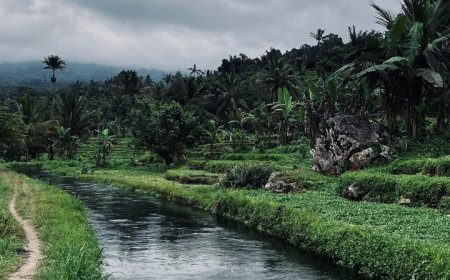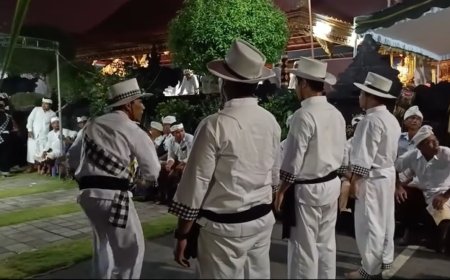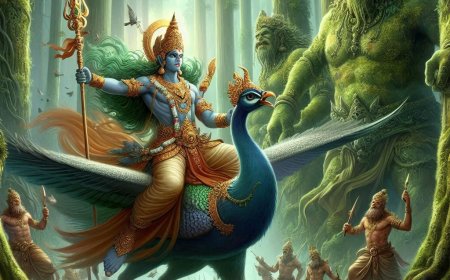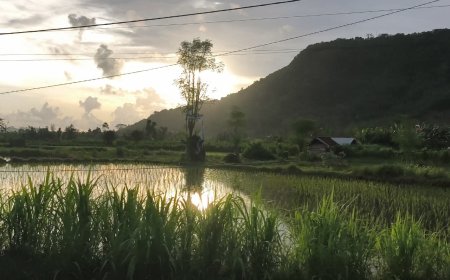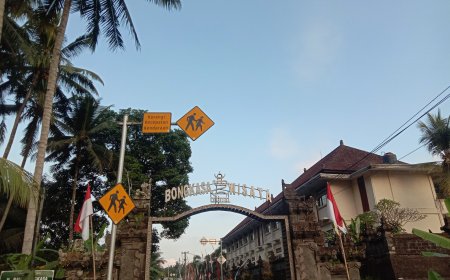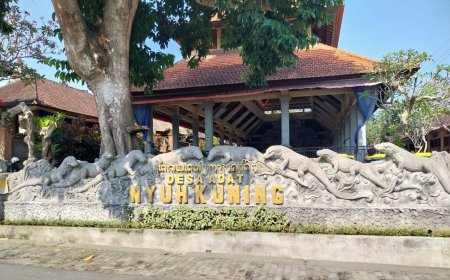Getting to Know Padangaji Traditional Village: A Traditional Village with the Elegant Beauty of Gambuh Dance
"Desa Adat" or often referred to as "Pakraman Village" is a village that adheres to the traditional community bound by local customs and traditions. The community of the Adat village located in mountainous areas generally engages in trade and farming to meet their daily needs. One of these Adat villages is Padangaji Village.
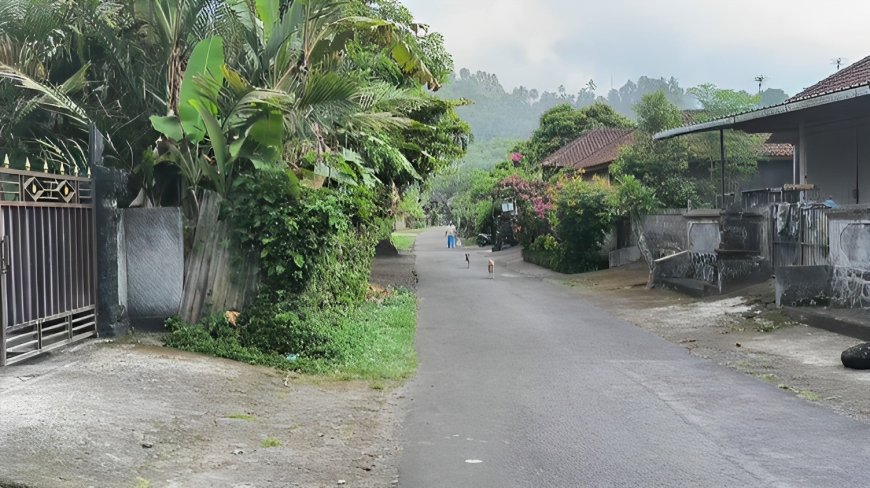
In the midst of rapid modernization, Padangaji Village in Selat, Karangasem, Bali, maintains the authenticity of its culture as a representation of a traditional community bound by local customs and traditions. Located in the Selat district, Karangasem regency, Bali province, this village highlights the life of its people based on agriculture and trade to meet their daily needs.
Padangaji Village, led by Bendesa Adat I Gusti Bagus Dwiarta, is situated south of Mount Agung, the highest and holiest mountain in Bali. In 1963, the village experienced the impact of Mount Agung's eruption, resulting in a lava flow towards Padangaji Village. Nevertheless, Padangaji Village remained steadfast in preserving its traditions and local wisdom.
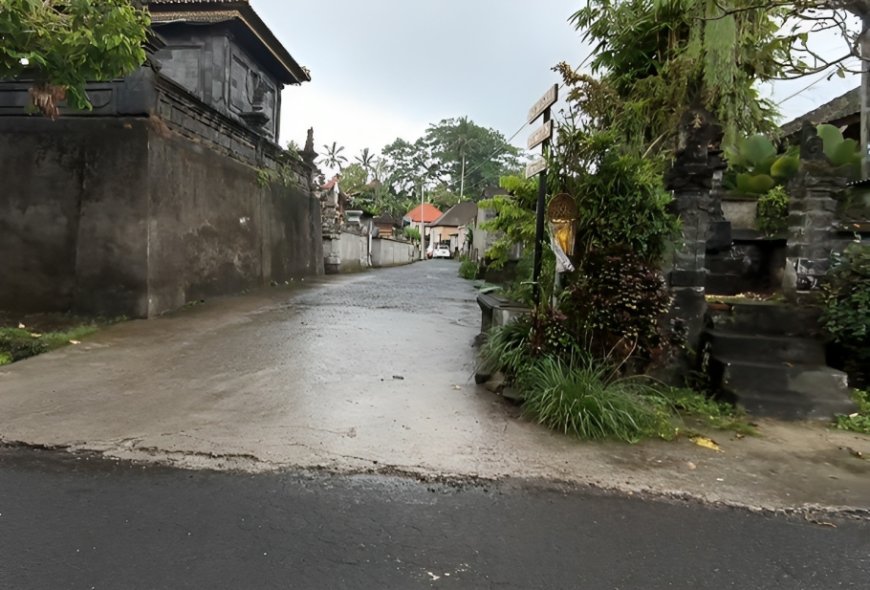
Central Banjar Padangaji (Source: Personal Collection)
Padangaji Village is divided into three Banjars: Padangaji Kangin, Padangaji Tengah, and Padangaji Kawan. Currently, Padangaji Kangin is located in the eastern part of Padangaji Village, led by I Gusti Komang Sudarma. Padangaji Tengah is situated in the center of Padangaji Village, led by I Gusti Bagus Hartama Wiguna. Meanwhile, Padangaji Kawan is located in the western part of Padangaji Village, led by I Gusti Agung Sri Mahataram.
Despite not having a banjar hall, the use of the wantilan as a meeting place for village officials has proven to be an effective solution. The wantilan, sanctioned by Governor Koster on September 2, 2020, serves not only as a meeting place but also for artistic performances and community activities.
Padangaji Village in Selat, Karangasem is rich in cultural and spiritual potential. The Gambuh performing arts, a traditional form of Balinese art that combines dance, music, dialogue, and storytelling, is part of the cultural heritage of this village. Originating from the 15th century, Gambuh tells the stories of the Majapahit era and wayang (shadow puppetry). The Gambuh dance performance in Padangaji Village is divided into opening, presentation, and closing sections, creating a profound artistic experience.
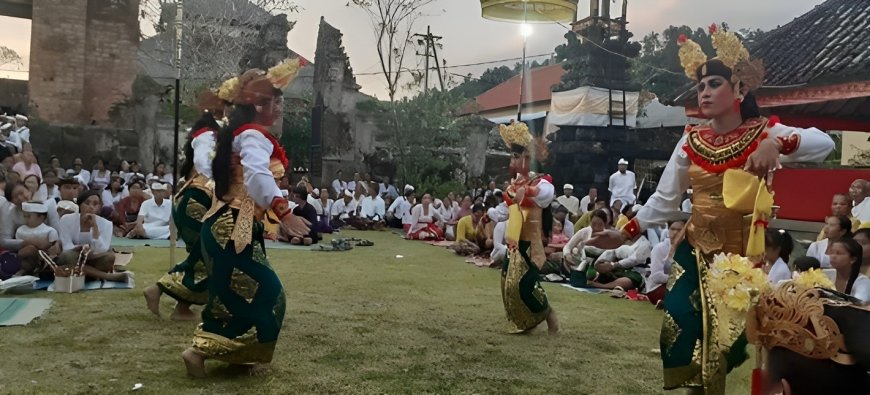
Gambuh Dance (Source: Personal Collection)
The Gambuh dance in Padangaji Village has had a religious function since its inception, serving as the accompanying dance for ceremonial processions. The Gambuh dance holds significant sanctity in the community, involving sacred objects. Performances are scheduled in conjunction with ritual ceremonies at the temple.
In addition to the Gambuh dance, Padangaji Village also has sacred temples, such as Pura Puseh and Pura Dalem, where the deities Vishnu and Shiva reside. Events like sangkep, community meetings to discuss and find solutions to issues, are traditions well-maintained and usually held in these temples. Every villager has the right to provide input to achieve consensus.
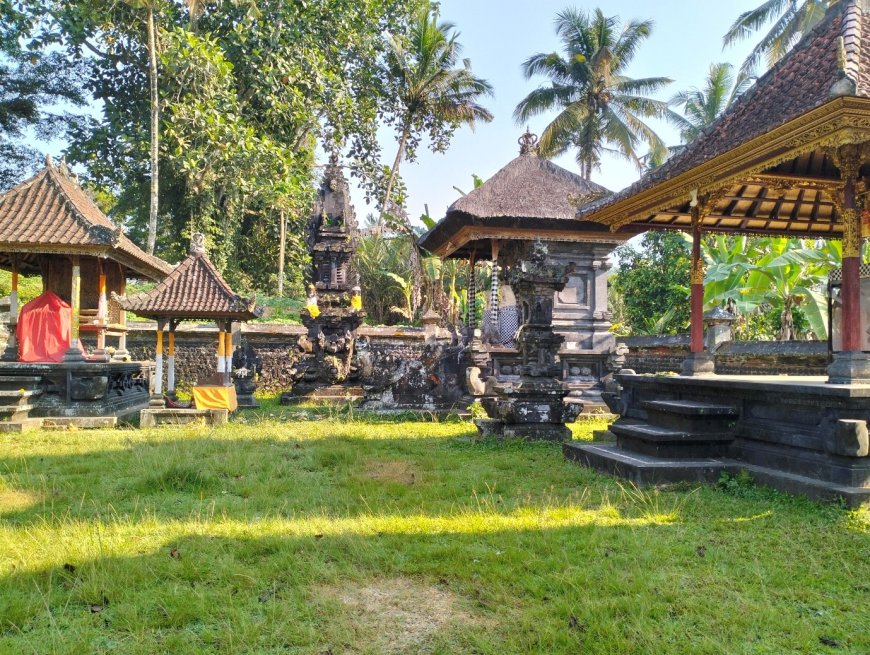
Dalem Temple (Source: Personal Collection)
Padangaji Village not only presents the richness of culture and intriguing spiritual nuances but also offers captivating natural landscapes. These scenic views can delight the eyes and soothe the mind.

The Scenery of Padangaji Village at Noon (Source: Personal Collection)
Padangaji Village represents a strong commitment to tradition and local wisdom. The friendly and dedicated community maintains and passes on the values of their ancestors. The authenticity of the culture is well-preserved in this village, creating an environment that is truly unique and valuable for its residents.
By preserving this uniqueness, Padangaji Village is not just an area but a community that provides an opportunity to immerse oneself and gain a deeper understanding of the cultural heritage it possesses. Padangaji Village is a place where every aspect of daily life is intricately woven with cultural and spiritual heritage.




















